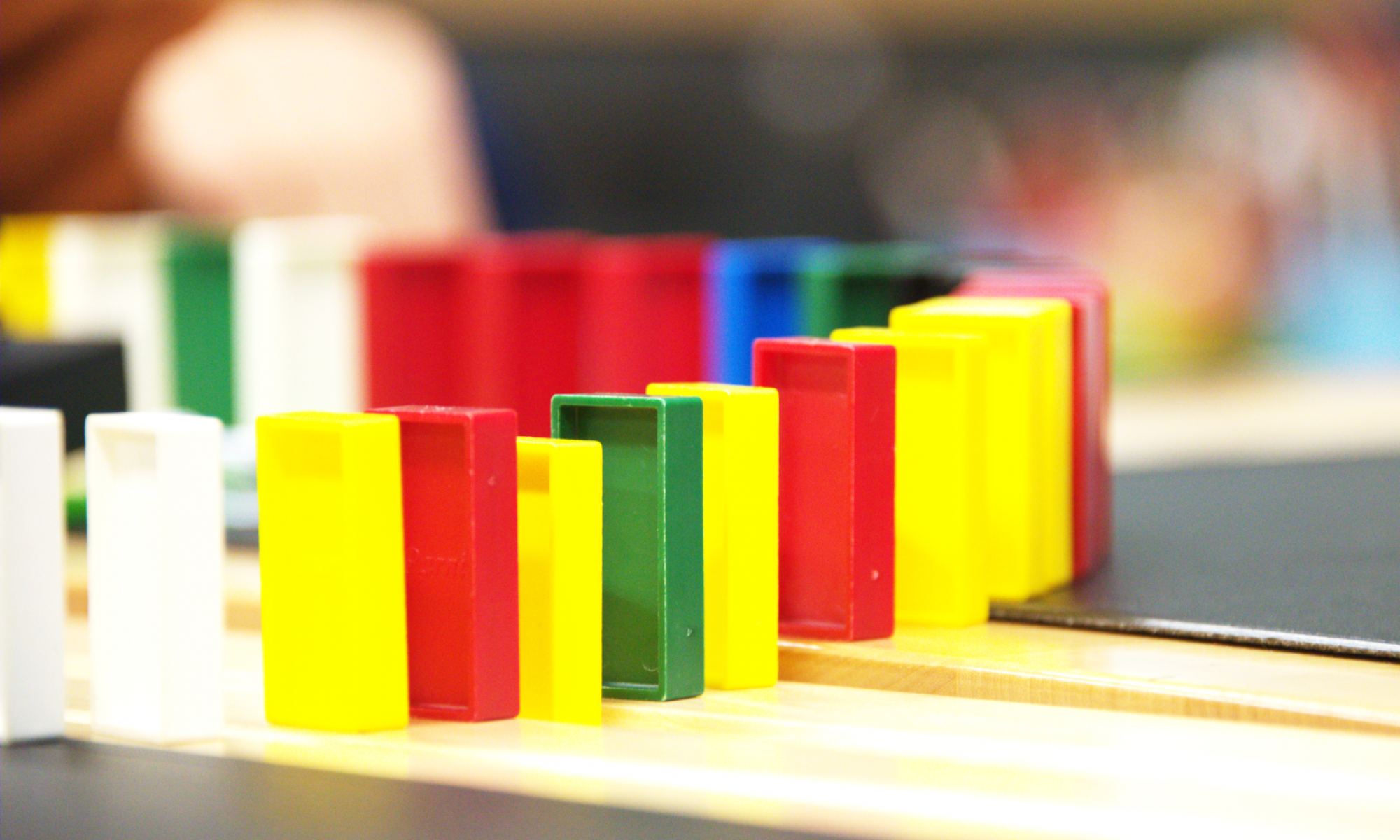The objective of this multidisciplinary study module is to generate circular economic thinking through invention activities instead of explicitly educating about circular economy. The teacher organising the study unit should, however, have a clear idea of what circular economy is and what issues the inventions may be able to impact. Therefore this website provides information on the most central features of circular economy and especially matters that have an effect on the invention work.
The European Union and in Finland especially The Finnish Innovation Fund Sitra emphasise circular economy as a means of sustaining economic growth and increasing citizens’ well-being without fossil fuels or exhausting natural resources, and, thus, to advance sustainable living. However, there has not always been a clear scientific definition for circular economy. Korhonen, Honkasalo and Seppälä (2018) have defined circular economy as an economic system that has emerged from societal systems of production-consumption that aim to maximise the produced services from the linear nature-society-nature materials and the perfusion of energy.
Circular economy is implemented by using cyclic flows of material, renewable energy sources and multi-levelled energy flows. It contributes to sustainable living by limiting material and energy flows to a sustainable level and by utilising the ecosystem’s cycles in economic cycles by respecting the ecosystem’s regeneration rate.
The graph above illustrates the cyclical material flows in question. The idea is for production and consumption to generate as little losses and waste as possible. Manufacturing pays attention to the material flows, and side-flows of raw material in industry are utilised as efficiently as possible. Inventions and innovations are needed specifically to reach circularity and to maximise the efficiency of the cycle. In circular economy, economic growth is seen as originating from these innovations. Added value is thus produced without overconsumption.
The value bound to the commodities is utilised in all phases of the product’s life cycle from primary production and raw materials through processing, logistics, marketing and sales to consumption, maintenance and, finally, recycling the product back to raw materials. The value of consumer goods can be increased through services and intelligence-based on digital solutions i.e. the so called platform economy. This enables the products, components and materials and their value to circulate in the economy as long as possible.
Products as services and business models based on sharing also further circular economy. Additional objectives are increasing the lifespan of products and encouraging the shift from disposable to fixable products.
Several conditions limit circular economy; the most significant include laws of physics, such as conservation of mass and energy and degradation of energy. Extensive expertise in natural sciences is therefore needed when implementing, for instance, new innovative inventions and circular business models.
Systems thinking is another integral part of circular economy. All components of the economy, their nonlinearity, feedback loops and mutual dependency are examined as a whole. The waste generated in some industries, for example, may be utilised through certain material side-flows in other industries.
The Ellen MacArthur Foundation is a charity aiming to accelerate society’s transition from the linear economic model to circular economy. The foundation has produced two videos on circular economy which can be freely used for educational purposes.
The Finnish Innovation Fund Sitra wants Finland to become a forerunner in circular economy. This goal is pursued through measures on three levels as well as through five focus areas that are linked to one another. These actions include political measures, key projects and pilots. The focus areas are a sustainable food system, forest-based and technical loops, transport and logistics, and joint actions.
According to Sitra, Finland must challenge the Finnish society to change and risk-taking by using quick trials and concrete pilots. To achieve this, Sitra has produced the study “Leading the cycle – Finnish road map to a circular economy 2016–2025”, which has been designed to be dynamic. As per the road map, circular economy is striven to be implemented in the following areas: the machinery and equipment and forest industries, food waste reduction, altering the use of real estate, private consumption and second hand trade, and nutrient recycling.
Childhood education and care is seen as a good way to increase environmental consciousness. Circular economy is mentioned as one of the basic values of teaching/education in the National Core Curriculum for Basic Education 2014 as a part of the necessity of sustainable living. As per these basic values, humans are a part of nature and fully dependent on the vitality of ecosystems. Understanding this, acting accordingly and adopting the corresponding way of living is an integral part of basic education as is explicitly and implicitly evident in the objectives and content of several different subjects. Sustainable development is also present in the learning objectives for transversal competence.
At schools, the re-thinking founded on circular economy can be examined through four transitions:
- from waste to raw material
- from product to service
- from ownership to sharing
- from disposable to fixable
References and further reading
- Korhonen, J., Honkasalo, A., & Seppälä, J. (2018). Circular Economy: The Concept and its Limitations. Ecological Economics, 143, 37–46.
- Walter R. Stahel. (2015). Circular Economy. Nature, 6–9
- Andrews, D. (2015). The circular economy, design thinking and education for sustainability. Local Economy, 30(3), 305–315
- Sitra. (2016). Leading the cycle – Finnish road map to a circular economy 2016–2025, Sitra Studies 121.
- The Ellen MacArthur Foundation https://www.ellenmacarthurfoundation.org/
- Witjes, S., & Lozano, R. (2016). Towards a more Circular Economy: Proposing a framework linking sustainable public procurement and sustainable business models. Resources, Conservation and Recycling, 112, 37–44.
- Pitt, J., & Heinemeyer, C. (2015). Introducing ideas of a circular economy. Environment, Ethics and Cultures: Design and Technology Education’s Contribution to Sustainable Global Futures, 245–260.
- Yle News: Harva tietää halpavaatteen todellisen hinnan: Pikamuoti saastuttaa enemmän kuin lento- ja laivaliikenne, koska vaatteita ei tehdä kestämään

